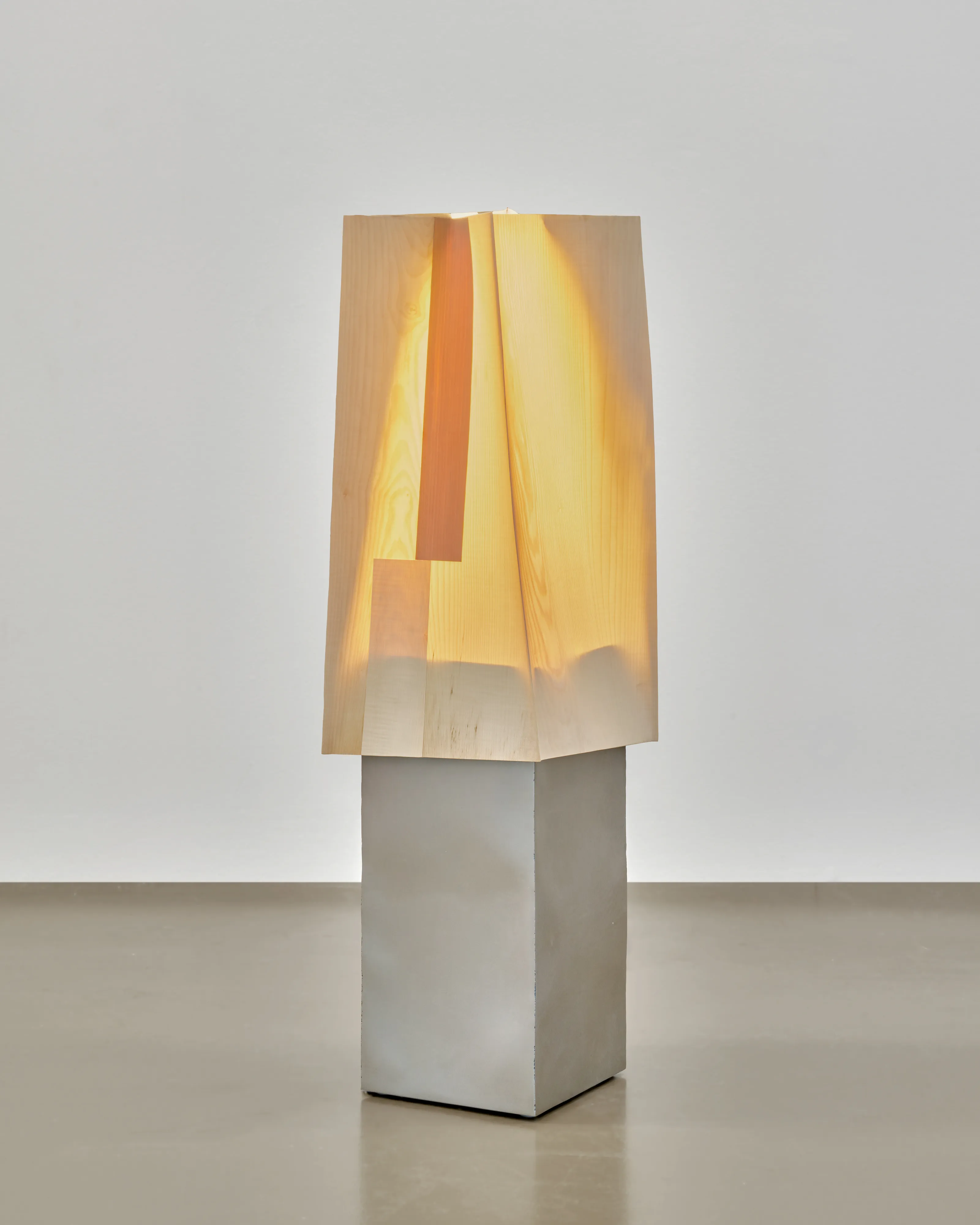
Substantial Delicacy of Paper Thin Lighting
Innovation often emerges where contradiction lives. This Paper Thin selection celebrates an intriguing duality: materials we associate with weight and opacity—transformed into delicate lighting designs. Each piece lives two lives: one substantial and grounded when dormant, another ethereal and revealing when illuminated. They challenge our expectations of lighting and our understanding of materiality.
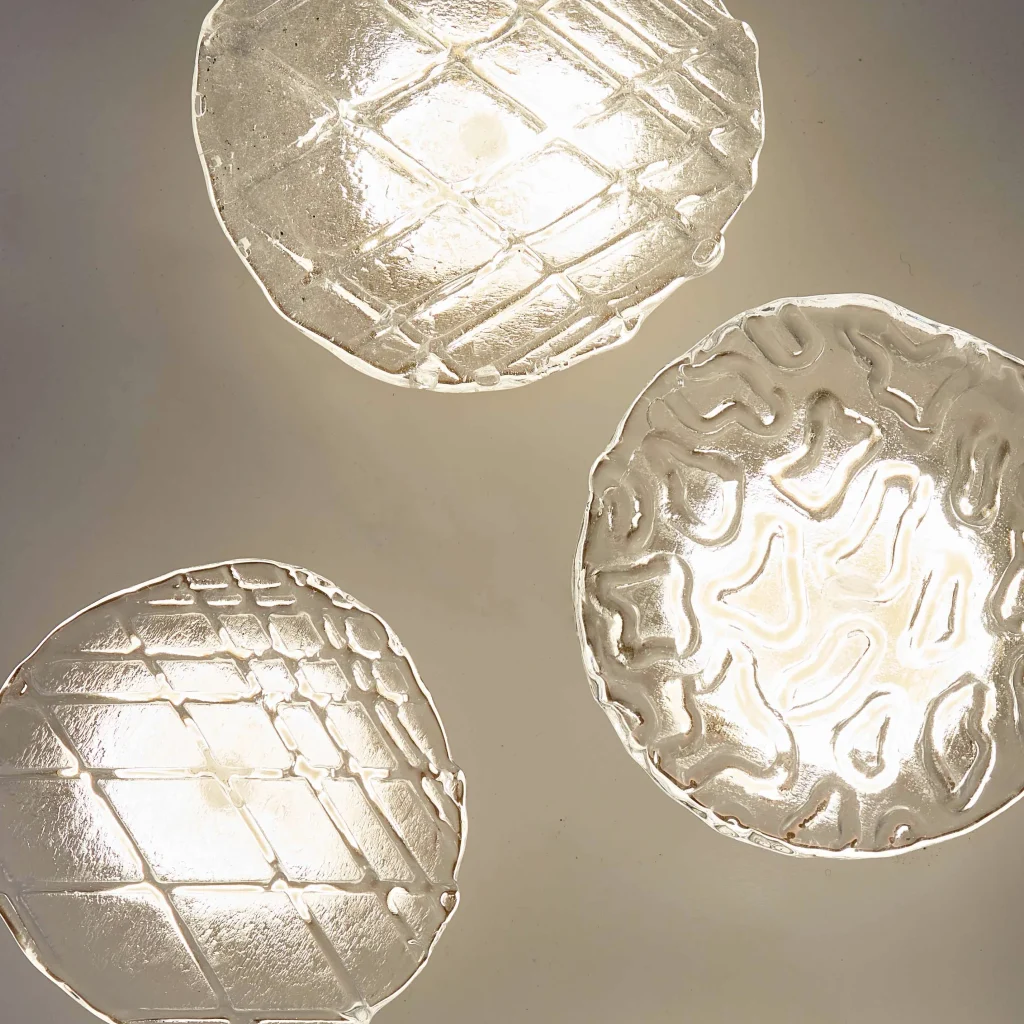

Material Mastering the Impossible
The technical mastery required to coax light through seemingly impenetrable materials represents some of the most innovative craftsmanship in contemporary design. Each piece in this selection demonstrates a profound understanding of material properties pushed to their limits.
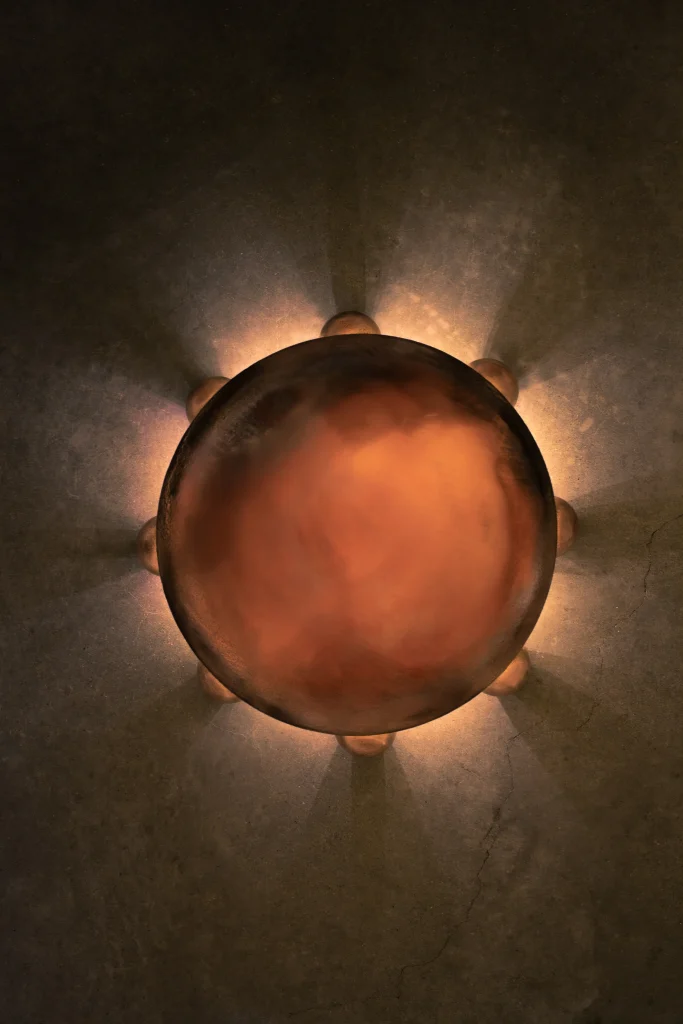

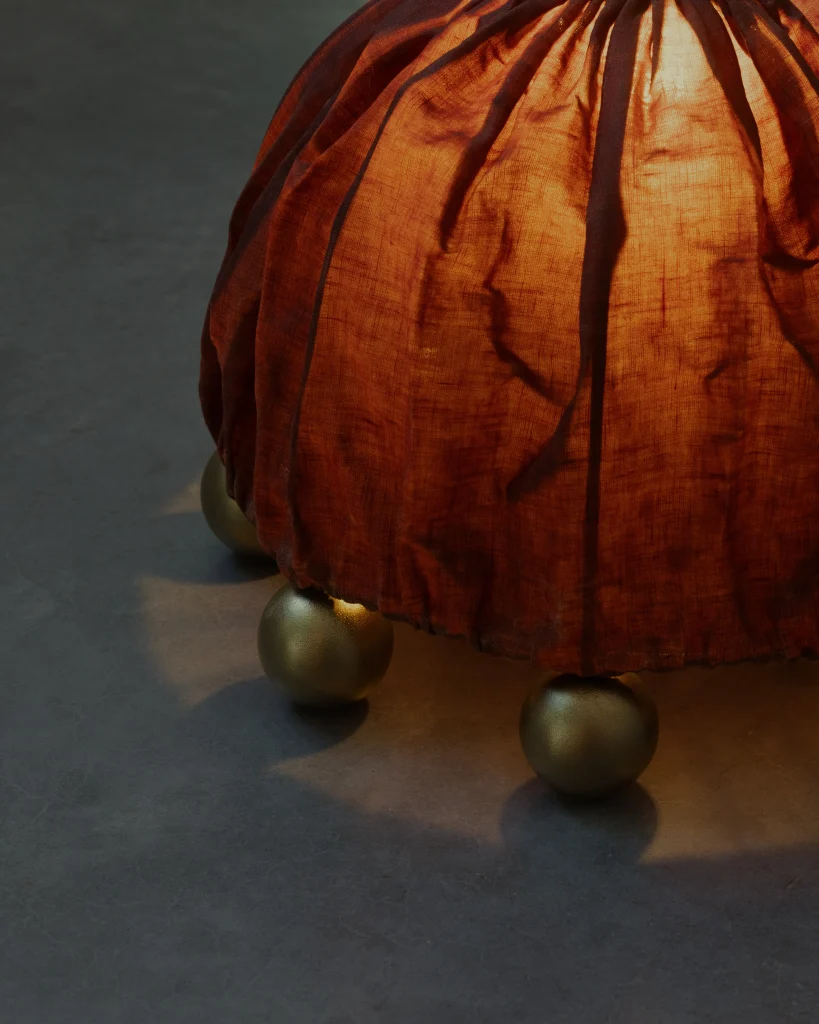

Marble
Marble—historically the domain of monuments and massive sculptural forms—reveals an unexpected delicacy when reduced to millimeter-thin slices. The process requires specialized cutting technology capable of producing sheets as thin as 2-3mm without fracturing the stone’s internal structure. Designers have developed techniques that reinforce fragile veins while maintaining the stone’s natural translucency. When illuminated, what appears as solid, weighty stone by day transforms into a luminous landscape by night, with the material’s natural veining creating ethereal maps of light.
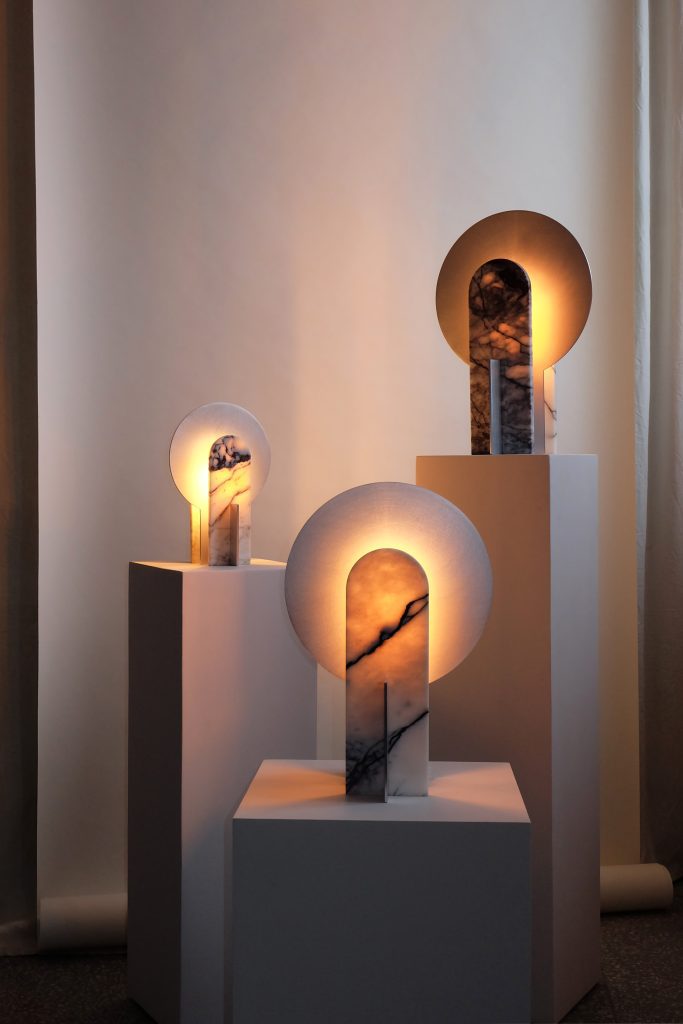

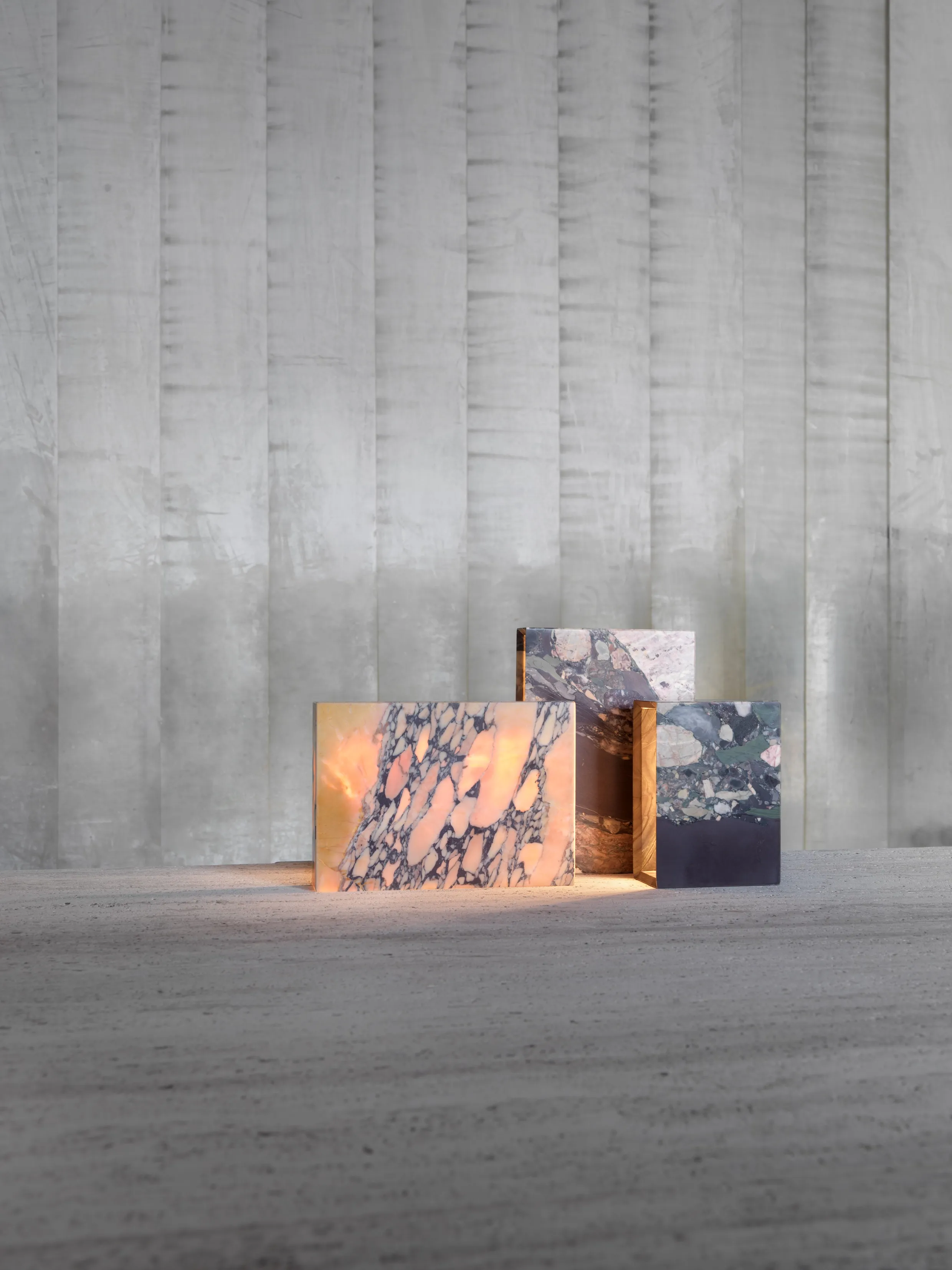

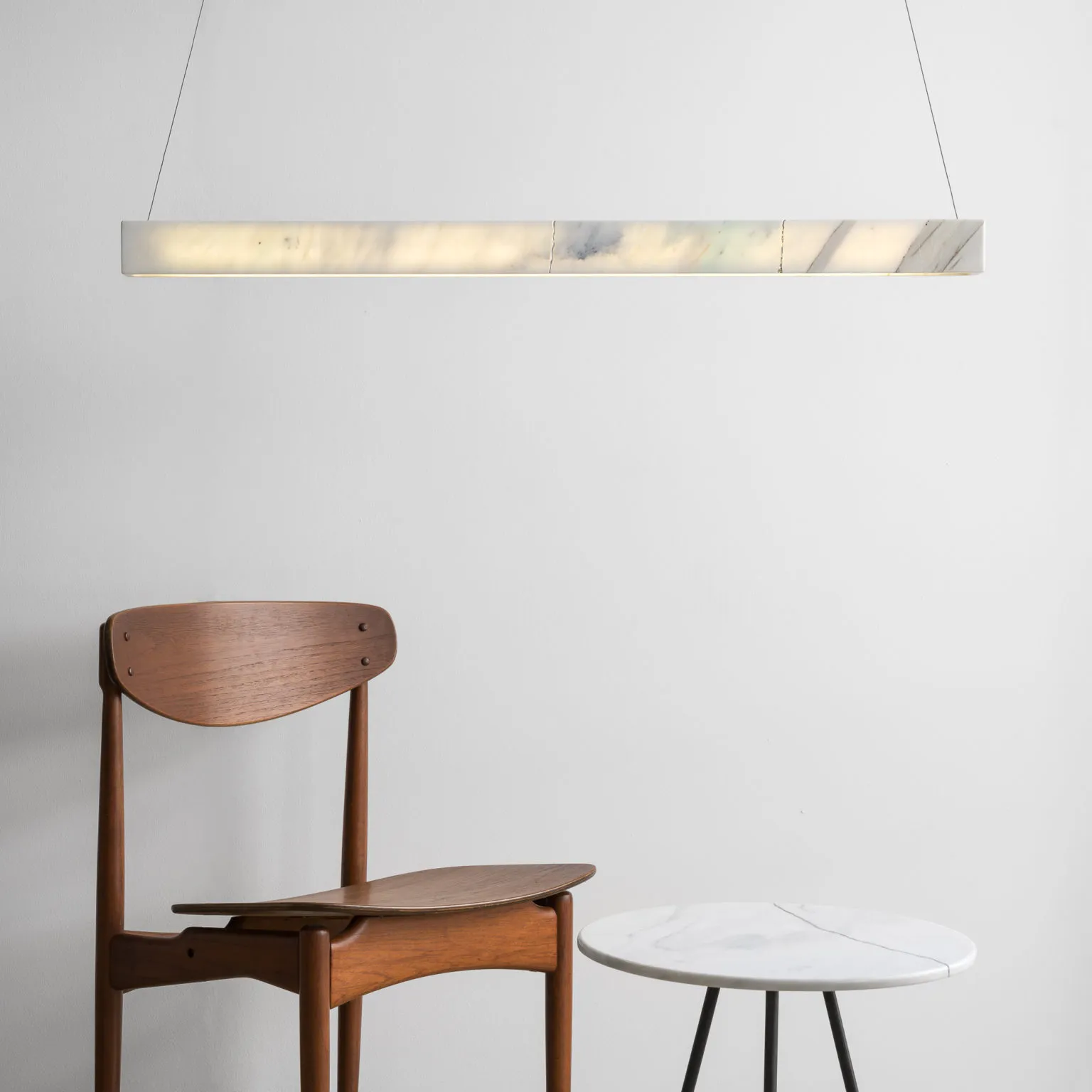

Ceramics & Glass
Ceramicists transform traditional pottery through years of material exploration. They develop custom clay blends specifically designed to enhance translucency without sacrificing structural integrity. The firing process becomes a crucial design element, with specialized temperature schedules and cooling periods that prevent cracking while achieving remarkably thin walls. Artists carve and shape each piece with precision, creating varying thicknesses that produce dramatic gradients when light passes through the material.


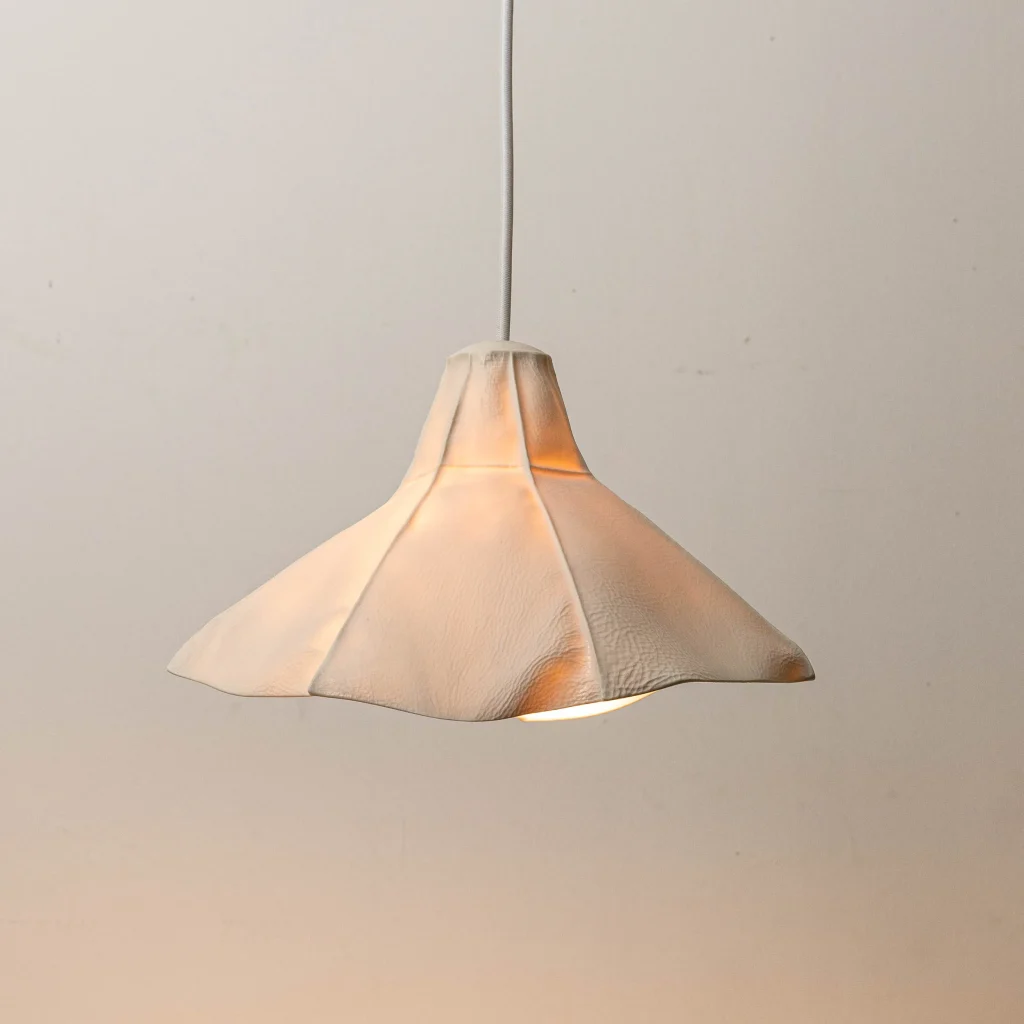

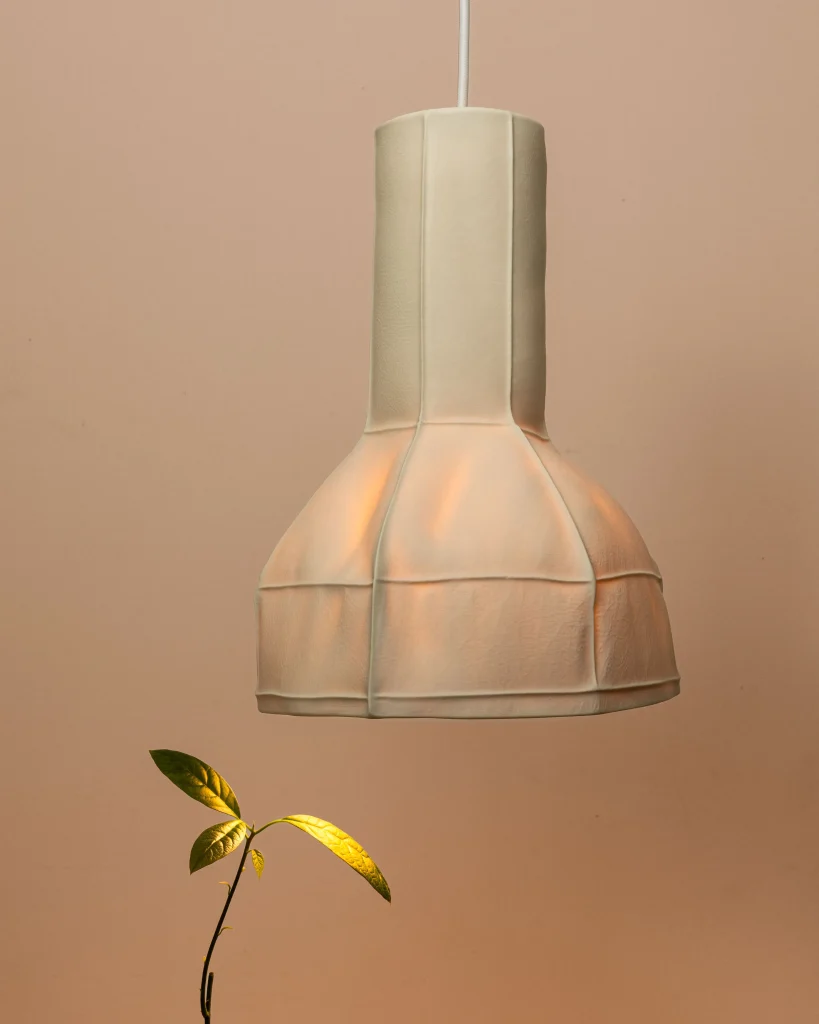



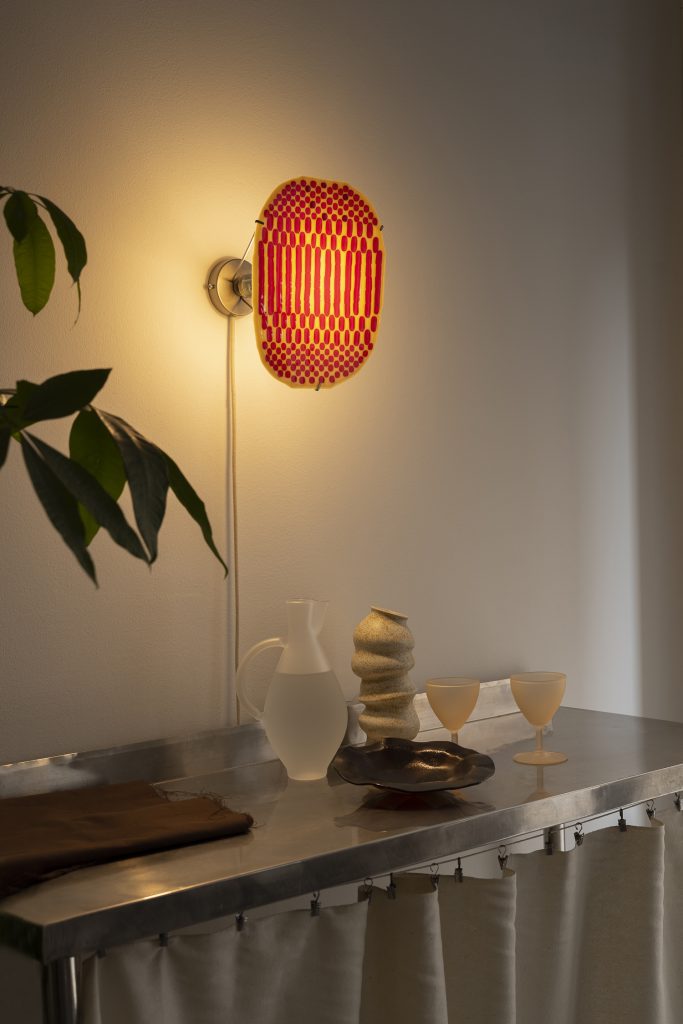

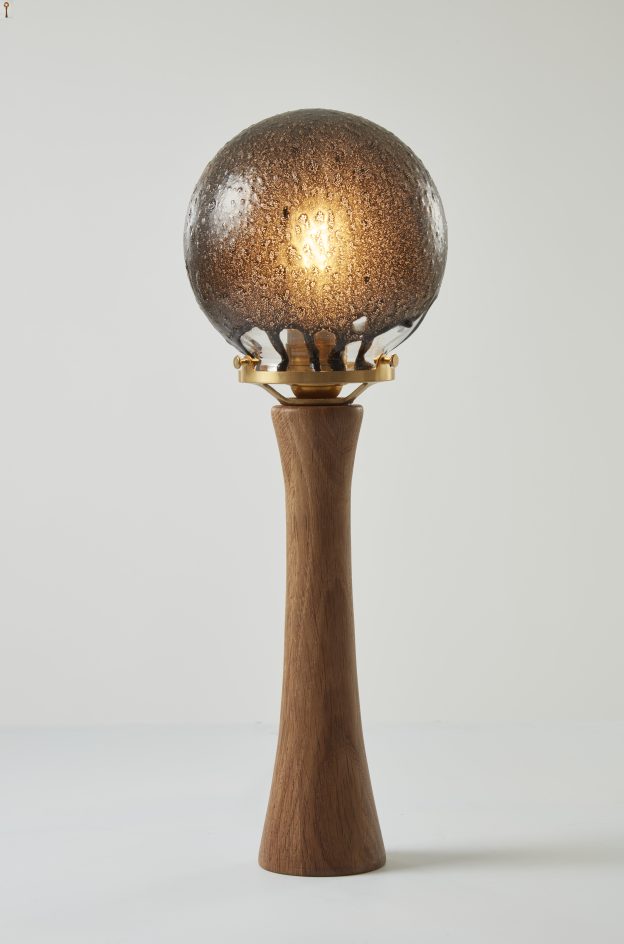

Digital Fabrication
The digital fabrication pieces represent the meeting point between technological precision and material innovation. Designers have developed custom filaments with light-diffusing additives specifically engineered for lighting design. What distinguishes these pieces is the intentional programming of “imperfections”—variations in layer density that create controlled light patterns impossible to achieve through traditional manufacturing. The resulting forms occupy a fascinating middle ground between mechanical precision and organic expression.


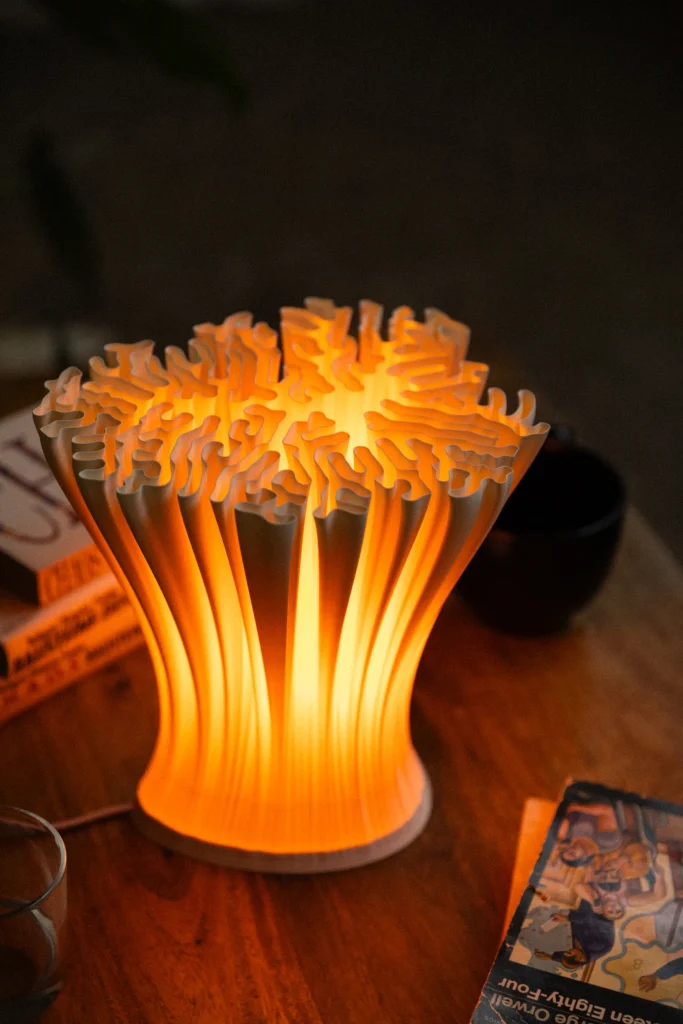

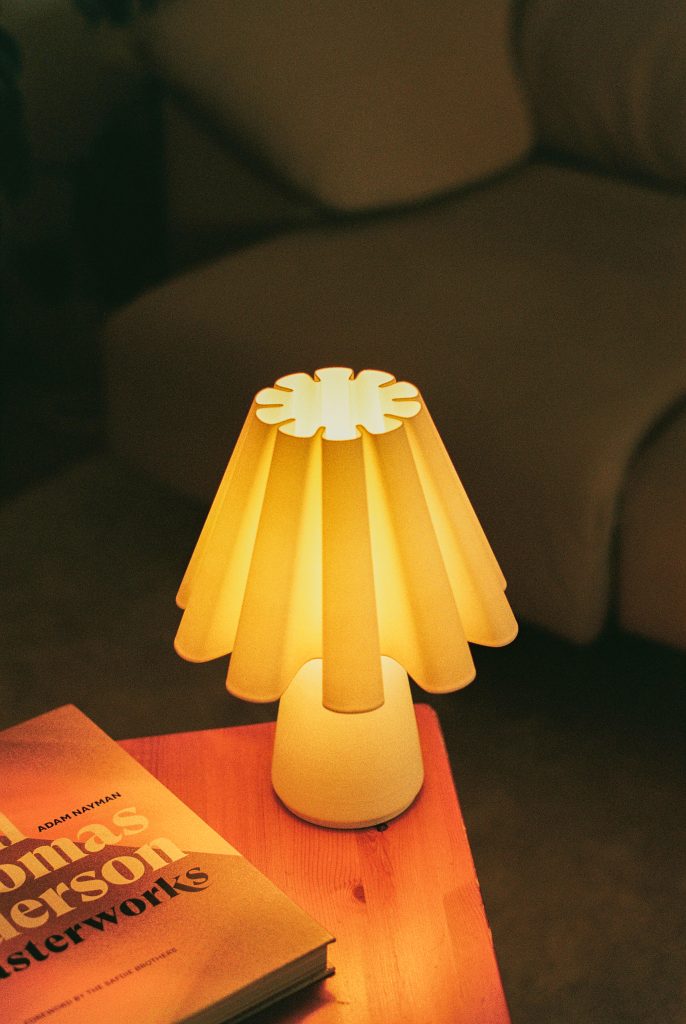

BioMaterials & Wood
Natural materials take center stage in surprising ways within this selection. Wood, traditionally solid and opaque, appears in unexpectedly thin forms that allow light to filter through its grain patterns. Craftspeople slice specific hardwoods to thicknesses once thought impossible, revealing the inner structure of growth rings and cellular patterns when illuminated.
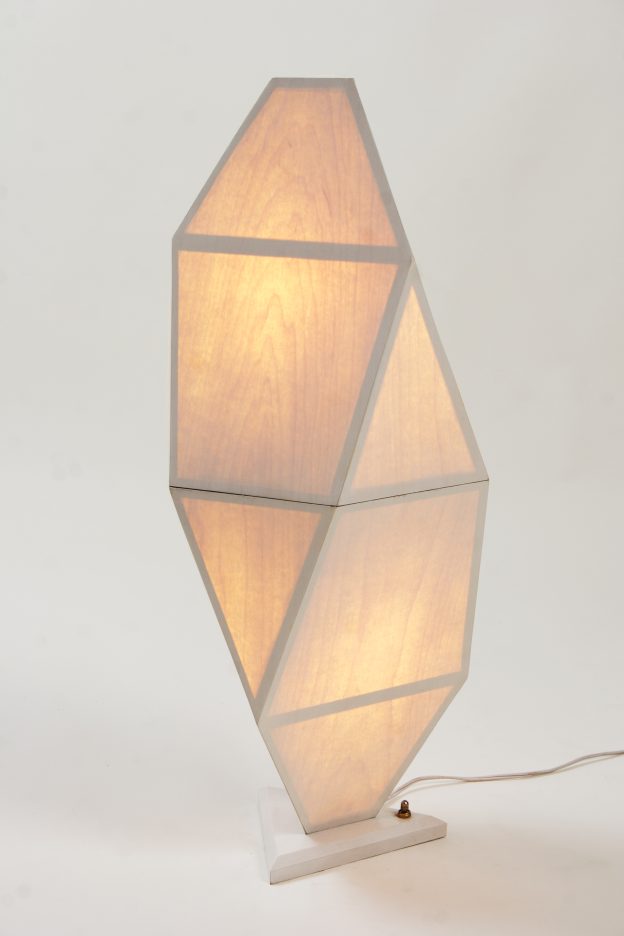



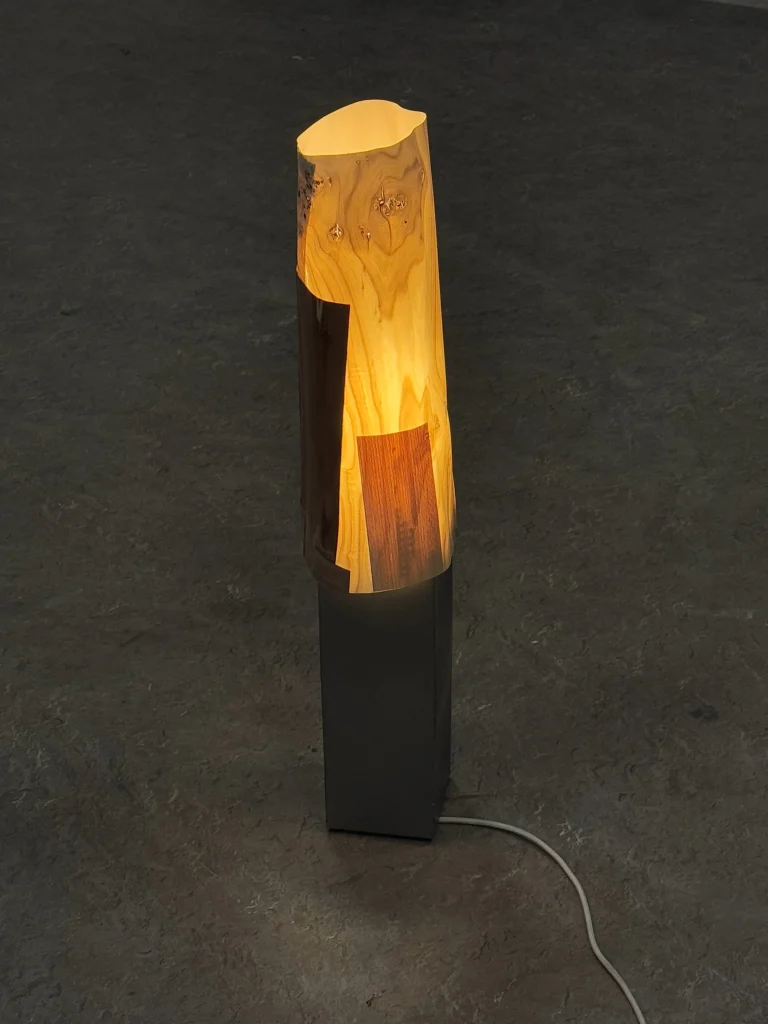

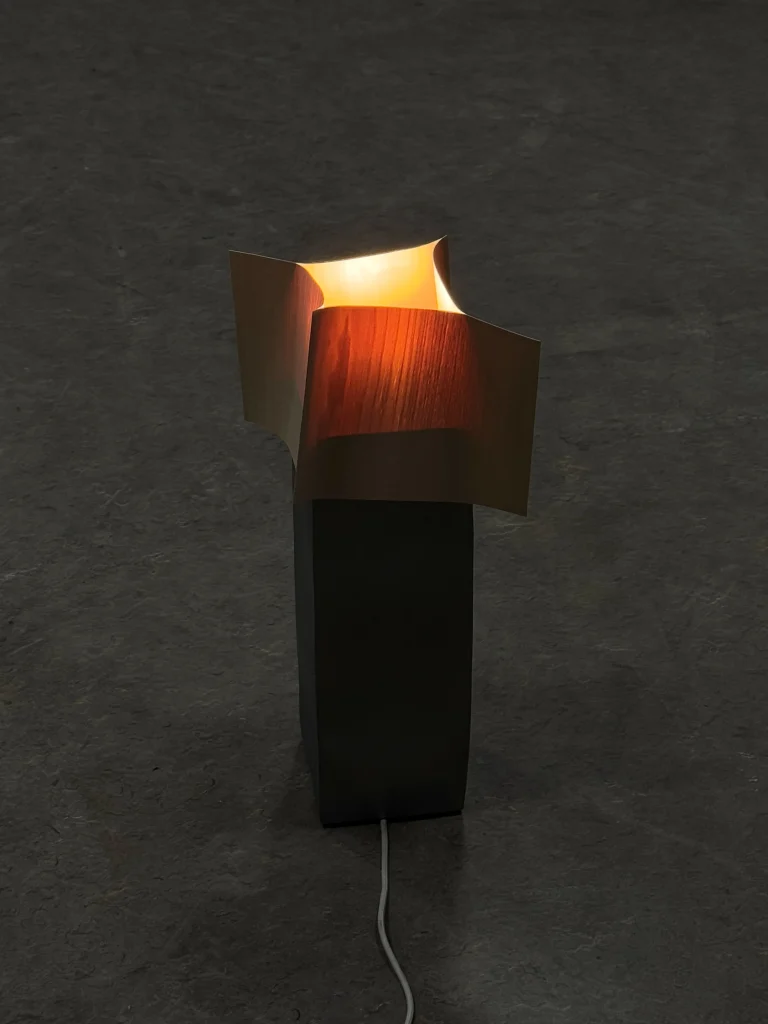

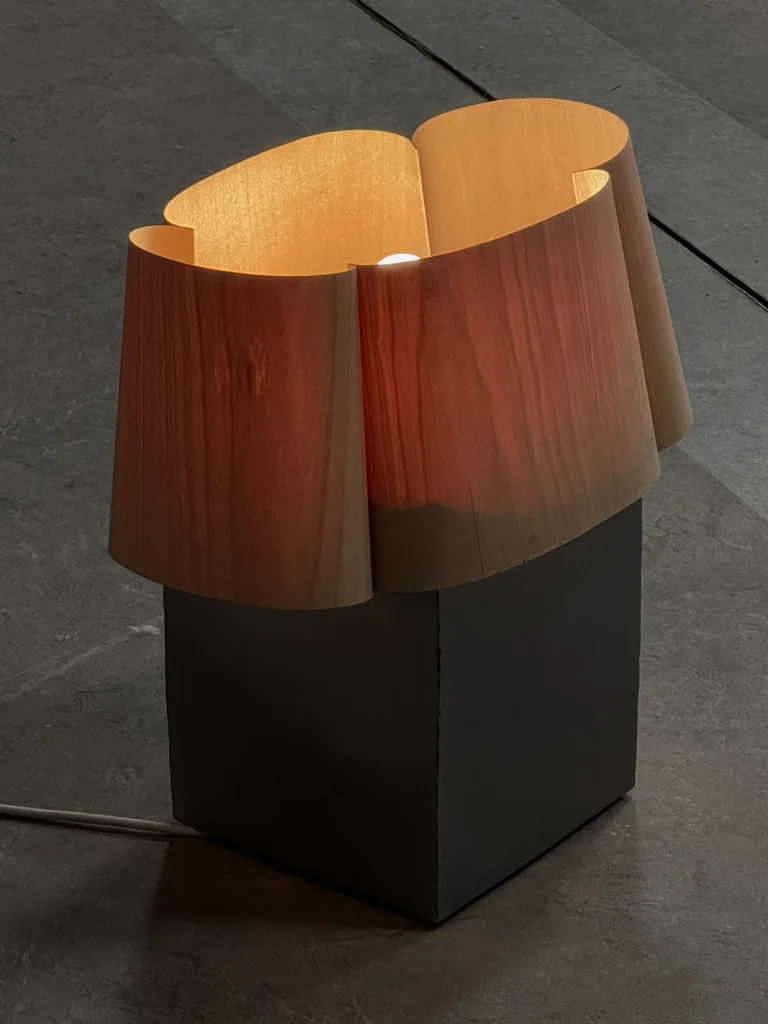

Equally surprising is a light crafted from agricultural waste and other biomaterials. Spelt bran—typically a byproduct of grain processing—has been transformed through a pioneering process developed by NOM.Object. The development of this material required extensive experimentation to create a substance that is simultaneously biodegradable and durable enough for long-term lighting applications. When illuminated, the organic fibers create shadow patterns reminiscent of sunlight filtering through forest canopy, each piece unique in its light expression.
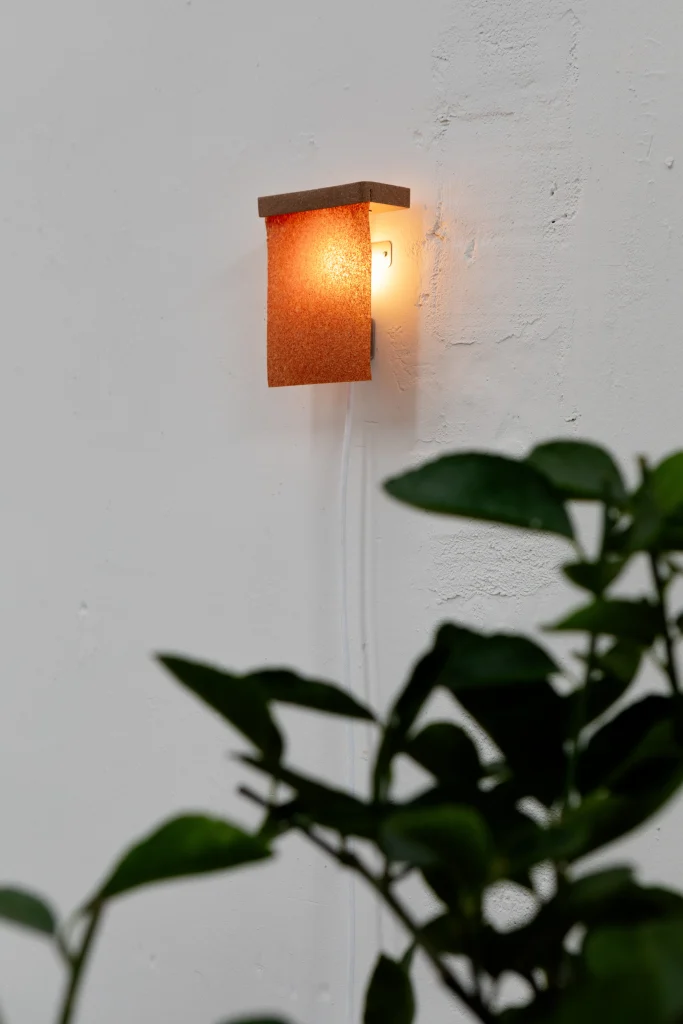

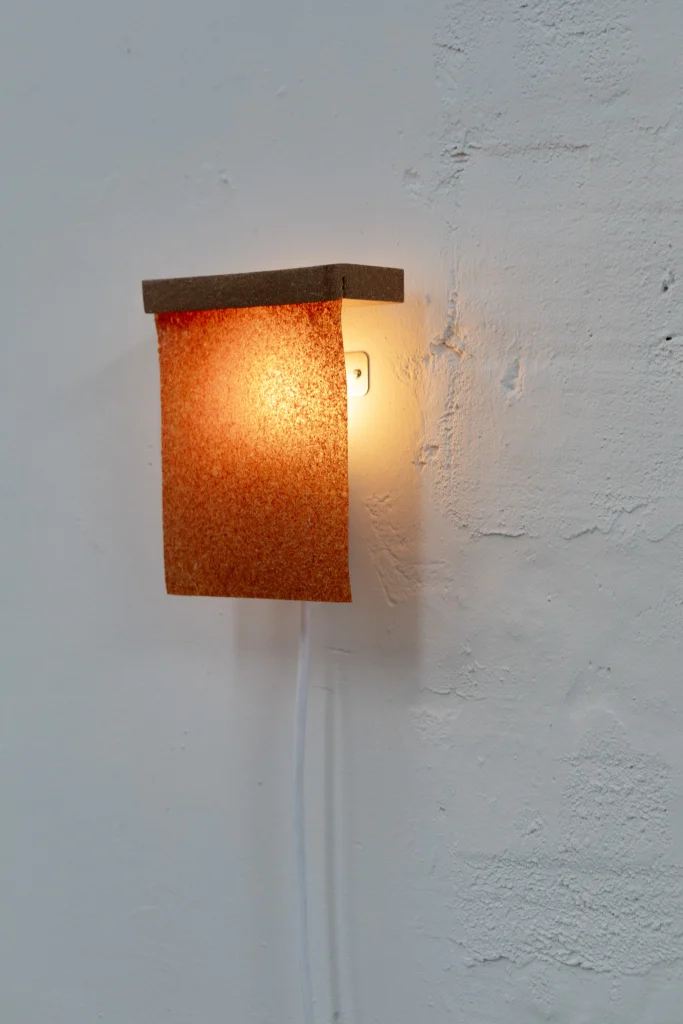

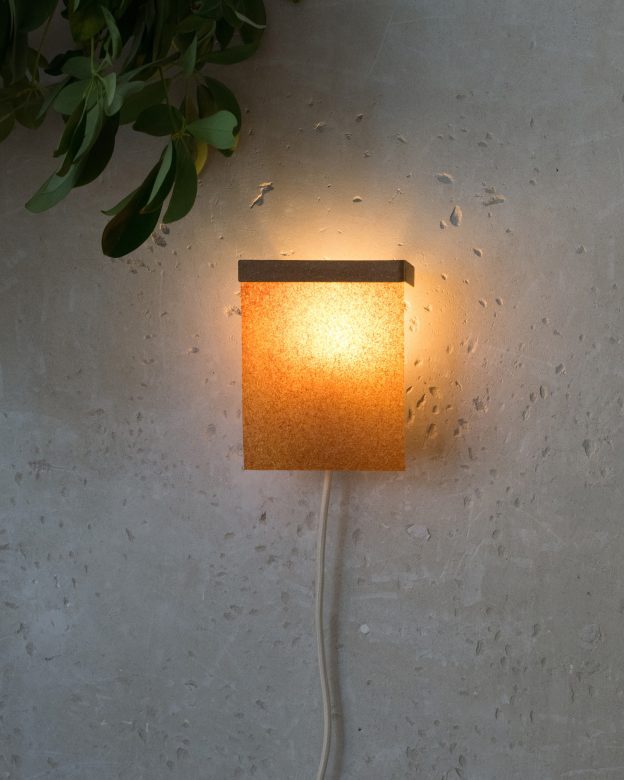

Double Duty
What unites the diverse pieces in the Paper Thin selection is their dual identity—substantial when dormant, ethereal when lit. When switched off, these fixtures often read as sculptural objects, expressing the visual weight we associate with their materials. Marble appears as solid as any classical sculpture; ceramics present themselves with the familiar density of traditional pottery; even the 3D printed pieces suggest the solidity of contemporary industrial design.
Yet at the flick of a switch, these seemingly substantial forms undergo a metamorphosis. Internal structures are revealed, opacity gives way to translucency, and what appeared heavy becomes visually weightless. The marble’s veining transforms into luminous pathways; the ceramic’s varying wall thicknesses create a topography of light intensities; the 3D printed structures reveal their complex internal geometries.
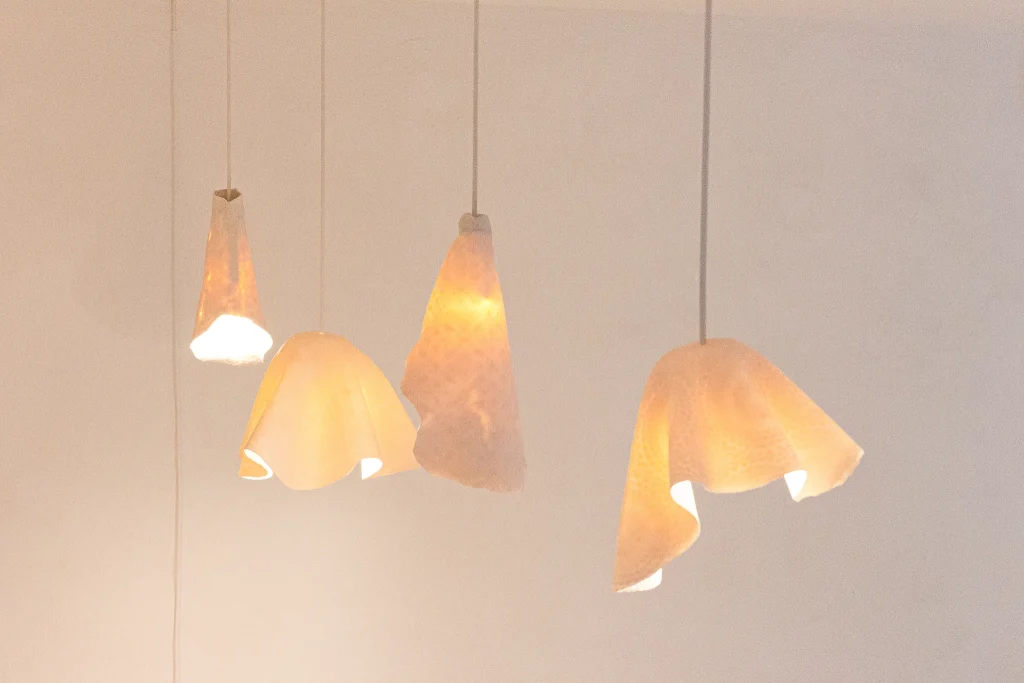

Beyond Function
While these pieces certainly provide illumination, their significance extends beyond functionality. They represent a dialogue between designer and material—a conversation about possibilities, limitations, and the unexpected beauty that emerges when materials are pushed beyond conventional applications.
These lights reconnect us with the physical properties of materials, inviting us to reconsider our relationship with the substantial world around us. They remind us that even the most seemingly impenetrable substances contain the possibility of transformation, that what appears solid may harbor unexpected delicacy when approached with technical mastery and creative vision.
The Paper Thin selection doesn’t just illuminate our spaces—it illuminates our understanding of materiality itself, revealing the hidden potential within substances we thought we knew, and challenging us to see the familiar world with fresh eyes.
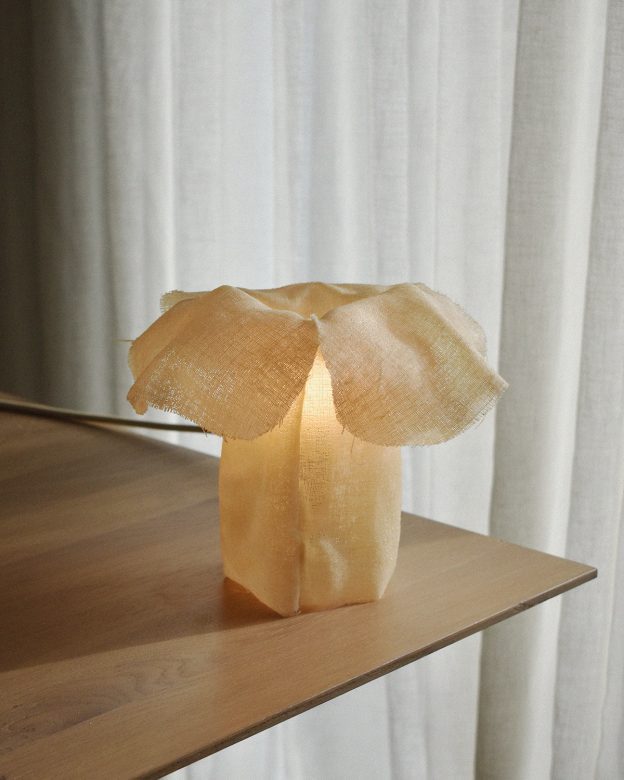

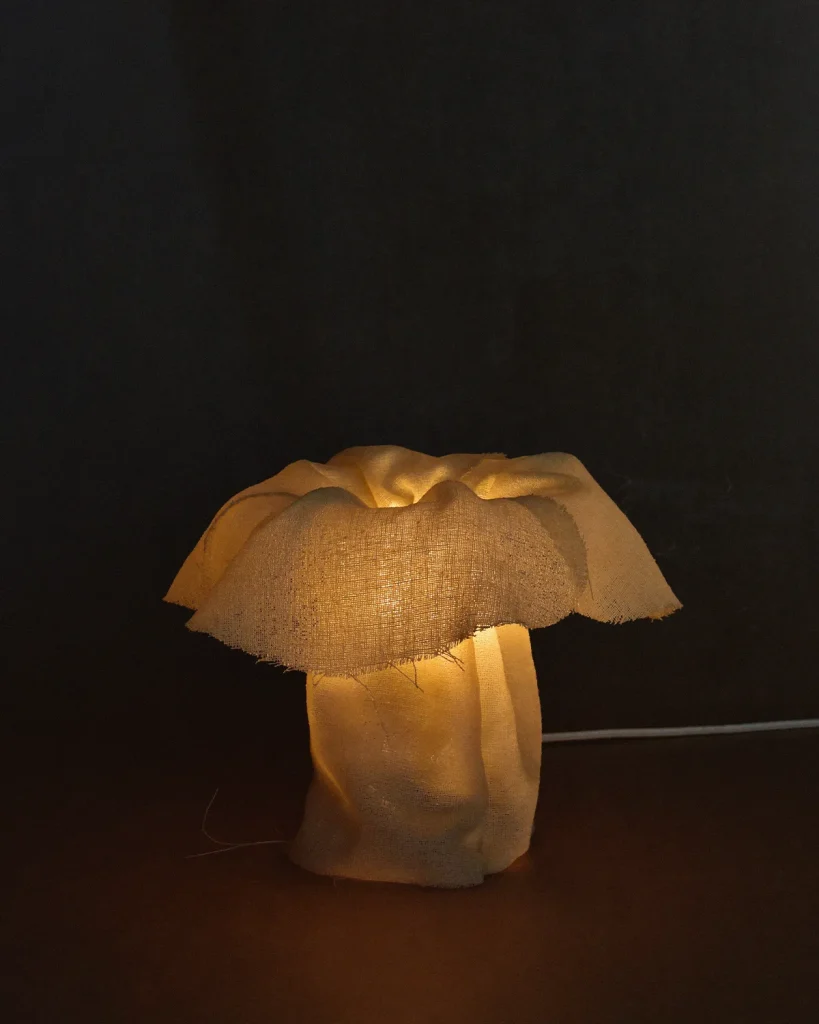

-

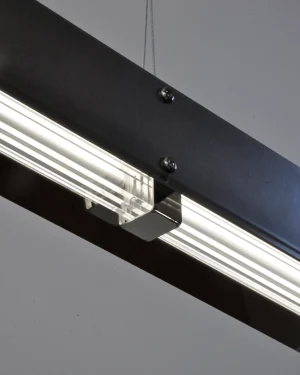 Ne1200/145 Pendant – Mat Stainless Steel / Mirror Stainless Steel & Clear Acrylic
Ne1200/145 Pendant – Mat Stainless Steel / Mirror Stainless Steel & Clear Acrylic -

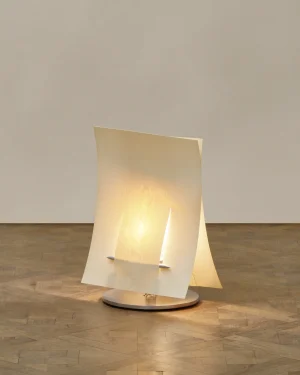 Soft Ply Table Lamp Series
Soft Ply Table Lamp Series -

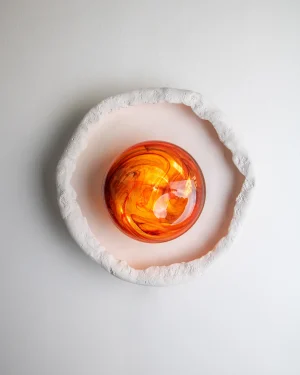 Asea No.35 – Stoneware Ceramic / Blown Glass Sconce
Asea No.35 – Stoneware Ceramic / Blown Glass Sconce -

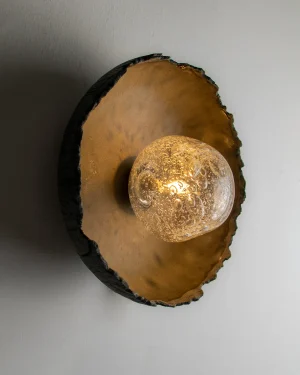 Asea No.12 Moss – Stoneware Porcelain / Blown Glass Sconce
Asea No.12 Moss – Stoneware Porcelain / Blown Glass Sconce -

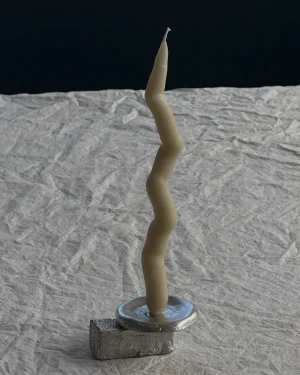 Formae 01 — Candle Holder
Formae 01 — Candle Holder -

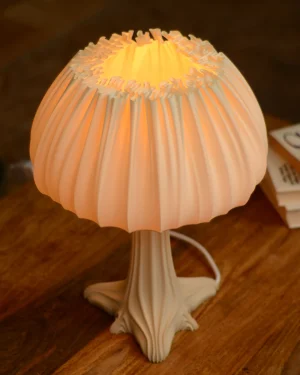 M 2 – Bio Polymer And Natural Sand Table Lamp
M 2 – Bio Polymer And Natural Sand Table Lamp -

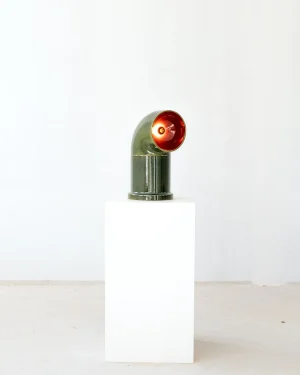 Fat Op No. 003 / Two Piece Ceramic Table Lamp
Fat Op No. 003 / Two Piece Ceramic Table Lamp -

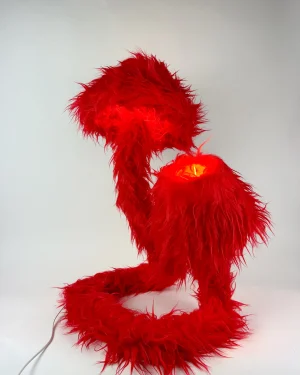 Red Lovers Floor Lamp
Red Lovers Floor Lamp -

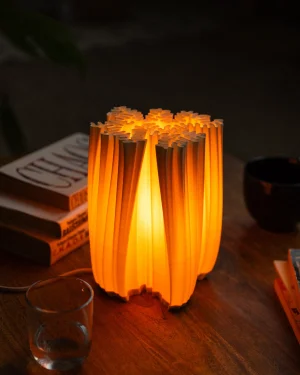 S 2 – Bio Polymer Table Lamp
S 2 – Bio Polymer Table Lamp -

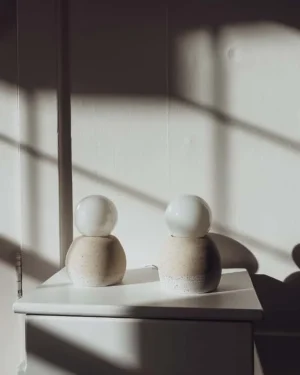 Bubbles – Little Lighting Pair
Bubbles – Little Lighting Pair -

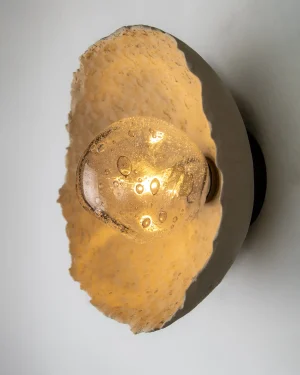 Asea No. 23 – Stoneware / Hand-blown Glass Sconce
Asea No. 23 – Stoneware / Hand-blown Glass Sconce -

 Spegla Wall Edition – Mirror & Candle Holder In Crystal Glass And Halftranspared Mirror
Spegla Wall Edition – Mirror & Candle Holder In Crystal Glass And Halftranspared Mirror -

 S 4 – Bio Polymer Table Lamp
S 4 – Bio Polymer Table Lamp -

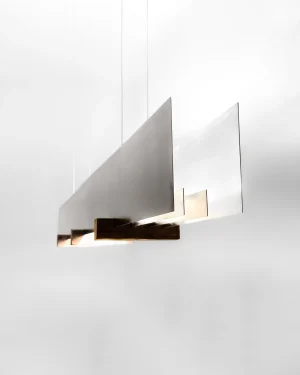 Linear Ceiling Lamp (extra Large)
Linear Ceiling Lamp (extra Large) -

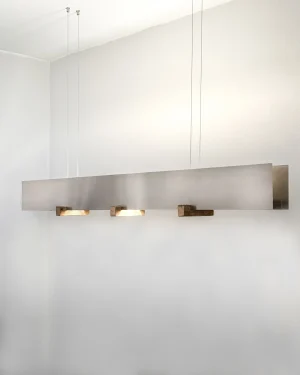 Linear Ceiling Lamp (large)
Linear Ceiling Lamp (large) -

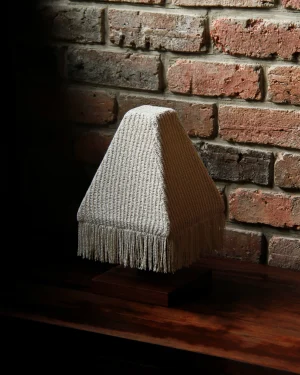 Cubozoa Table Lamp
Cubozoa Table Lamp





